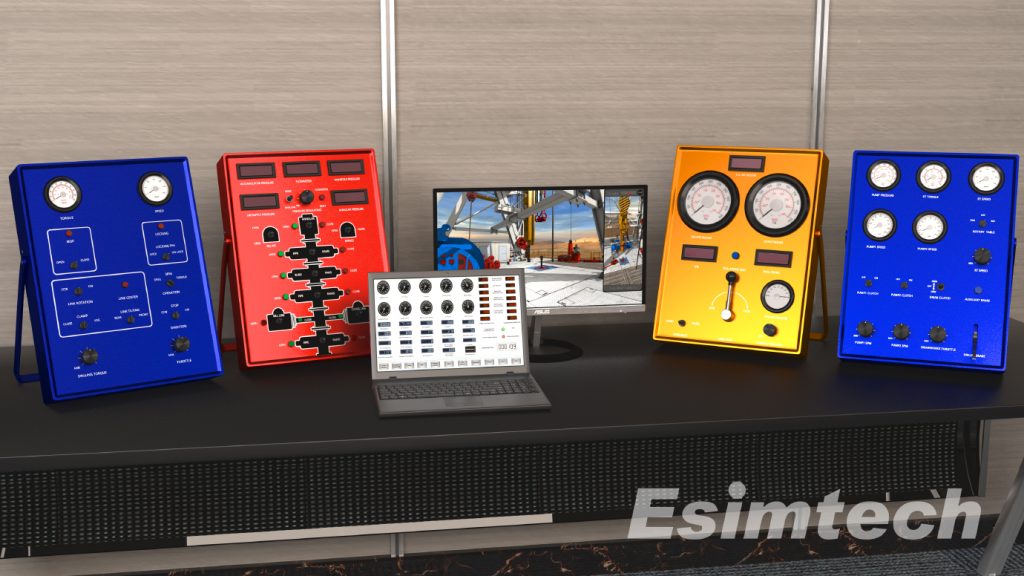Conventional rotary drilling is the most common drilling method used in the oil and gas industry. It involves rotating a drill bit at the end of a drill string to penetrate the earth. The drill string consists of a series of hollow pipes connected together. Drilling fluid is pumped down the drill string and out of the drill bit to cool and lubricate the bit, remove cuttings, and maintain hydrostatic pressure.
The drill bit is rotated by a top drive, a powerful electric motor mounted at the top of the drill rig. The top drive transmits torque through the drill string to the drill bit. As the drill bit rotates, it cuts into the earth, creating a wellbore.

Advantages and Disadvantages of Conventional Rotary Drilling
Advantages:
Versatile and Reliable:
Can be used to drill various wells, including oil and gas, water, geothermal, environmental, and construction wells.
Suitable for drilling in a range of formations, from soft to hard.
Relatively Simple and Inexpensive:
The drilling method is well-understood and the required equipment and expertise are widely available.
Generally, a cost-effective method compared to other advanced drilling techniques.
Disadvantages:
Can Be Slow and Expensive for Deep Wells:
The continuous rotation of the drill bit and the need for a large amount of drilling fluid can make the process slow and costly, especially for deep wells.
Not Well-Suited for Complex Formations:
Struggles with complex or challenging formations, such as those with high levels of H2S or narrow pressure margins. Specialized drilling methods are often required in these cases.
Alternatives to Conventional Rotary Drilling
In recent years, several alternatives to conventional rotary drilling have been developed to enhance efficiency and effectiveness, particularly in complex or challenging formations:
Directional Drilling:
Allows for drilling wells that deviate from the vertical plane, targeting reservoirs at angles or buried deep below the surface. Enables drilling multiple wells from a single pad.
Horizontal Drilling:
A type of directional drilling used to drill wells parallel to the surface, particularly useful for unconventional reservoirs like shale and tight oil formations.
Managed Pressure Drilling (MPD):
Allows precise control of wellbore pressure, useful for wells with narrow pressure margins or high levels of H2S.
Underbalanced Drilling (UFD):
Involves drilling with lower wellbore pressure than the surrounding formation pressure, beneficial for high reservoir pressure or low permeability wells.
Coiled Tubing Drilling (CTD):
Uses coiled tubing drilling instead of drill pipe, ideal for shallow wells or those with complex trajectories.

Percussion Drilling:
Uses a hammer to drive the drill bit into the ground, effective for hard formations or formations with a lot of debris.
Laser Drilling:
Uses a laser to cut through the formation, suitable for very hard formations or those sensitive to heat.
Application of Oil and Gas Drilling Simulation
Oil and gas drilling simulation is a powerful tool that improves the safety, efficiency, and cost-effectiveness of drilling operations. It can be used to:

Plan and Design Wells:
Model the drilling process and predict the performance of different methods and equipment to design optimized wells.
Train Drill Crews:
Train crews on operating various drilling equipment and responding to different scenarios, enhancing safety and efficiency.
Monitor and Troubleshoot Operations:
Real-time monitoring to identify potential problems before they occur, preventing accidents and reducing costs.
Optimize Drilling Parameters:
Optimize parameters such as weight on bit, rotary speed, and mud flow rate to improve performance and reduce costs.
Conclusion
Conventional rotary drilling remains the most common method in the oil and gas industry, but it has limitations. Alternatives like directional drilling, horizontal drilling, managed pressure drilling, and underbalanced drilling offer improved efficiency, increased production rates, and reduced risk.
Oil and gas drilling simulation is a crucial tool for enhancing the safety, efficiency, and cost-effectiveness of drilling operations through planning, training, monitoring, and optimization.
The future of oil and gas drilling will likely see a continued shift towards more advanced and efficient methods, with alternatives to conventional rotary drilling and simulation technologies playing a major role.

